Last week John Eakins looked at the ‘increase in perfection’ for snooker players scoring a 147 (maximum) break. See his post below. He mentioned darts as another sport (?) where the ultimate display of skill can be achieved. As 9-dart-finishes are so rare, here I look at the average number of 180 throws for the PDC tournament over ten years (2008-2018). 180 is the highest score possible with three darts. Perhaps it can be thought of as a type of ‘mini-perfection’ for any given set of three darts. A 180 is recognisable as it is typically greeted with an animated announcement from the commentator and loud roars from watching spectators.
The chart below shows the average number of 180’s, adjusting for the number of players, for eleven years of data from 2008 to 2018. Typically, the allocation of these 180 data are skewed for any given tournament given that it is a knockout design.
Like snooker, the equipment in darts hasn’t changed that much over the years, hence technological change may only marginally effect player ability. Improved performances could be due to increased practice, rules to improve professionalism and other incentives such as increased prize money.
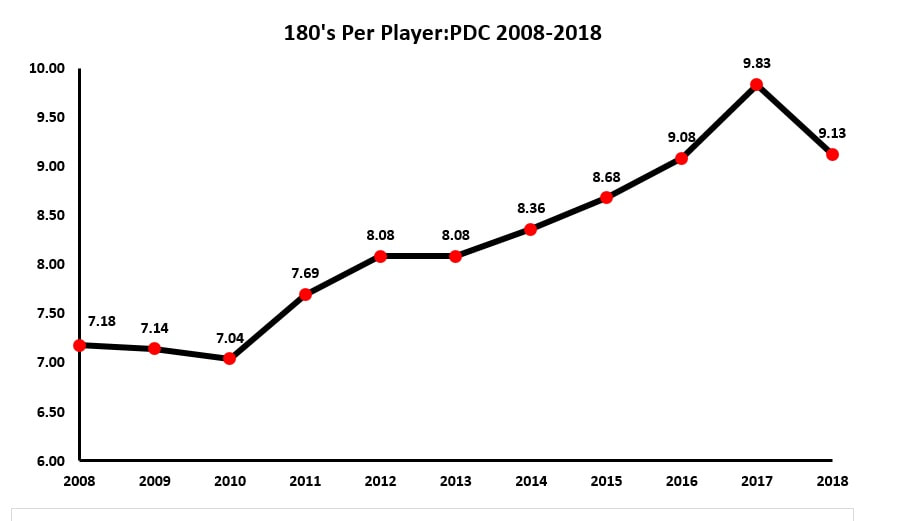
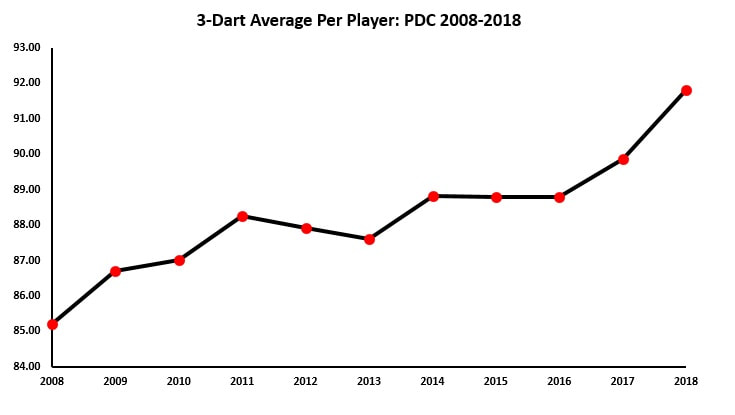
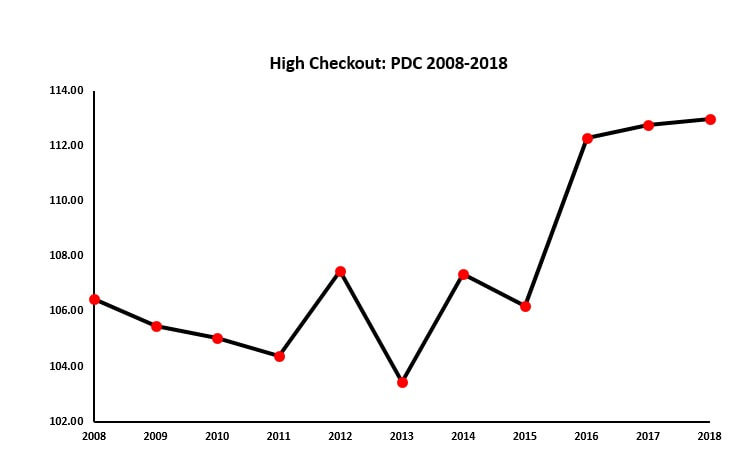
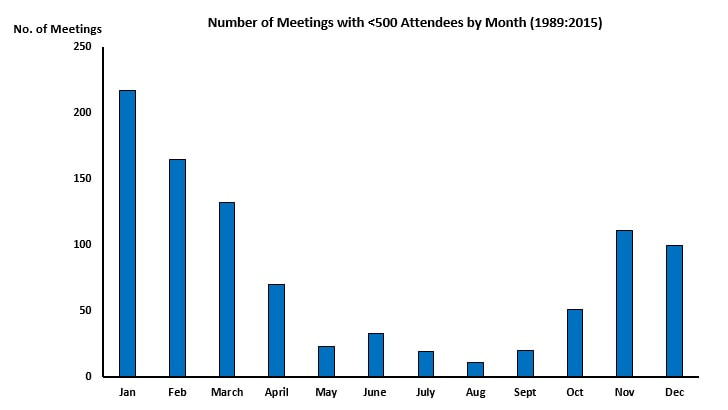
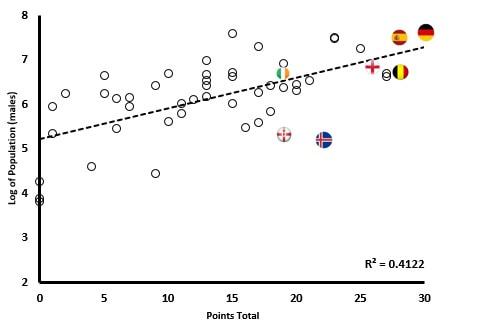
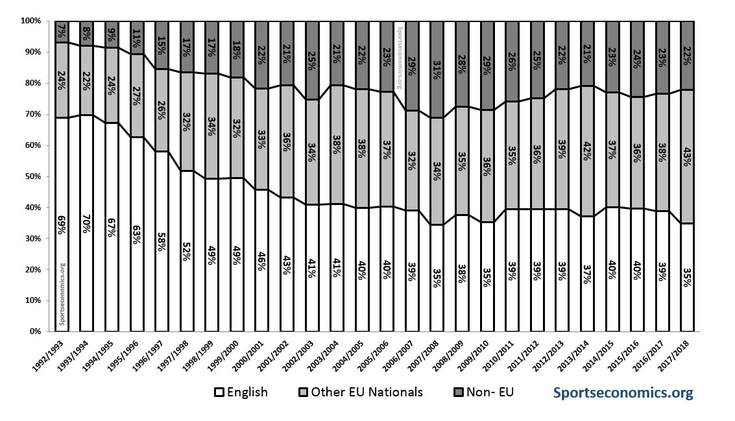
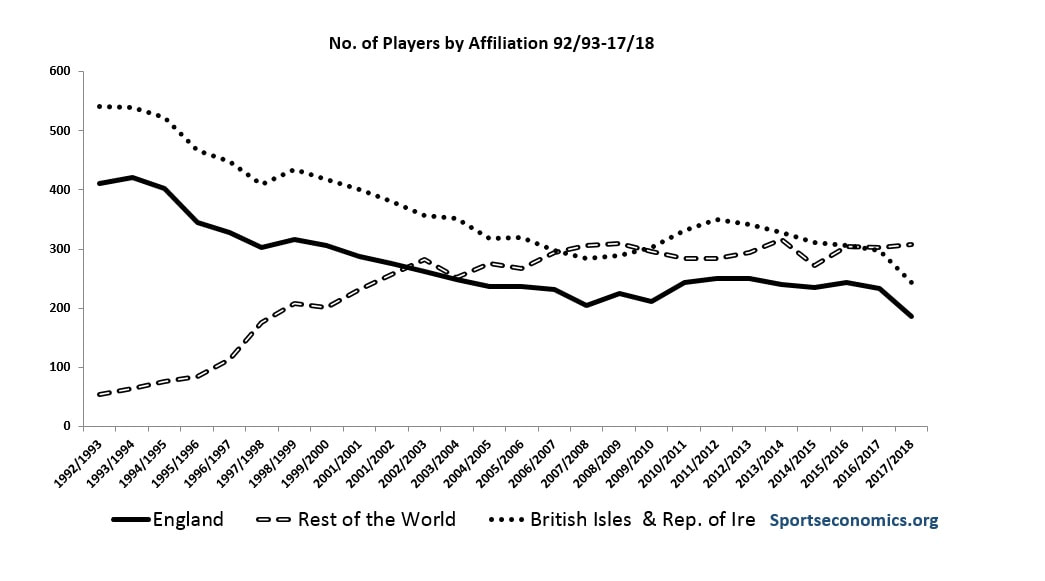
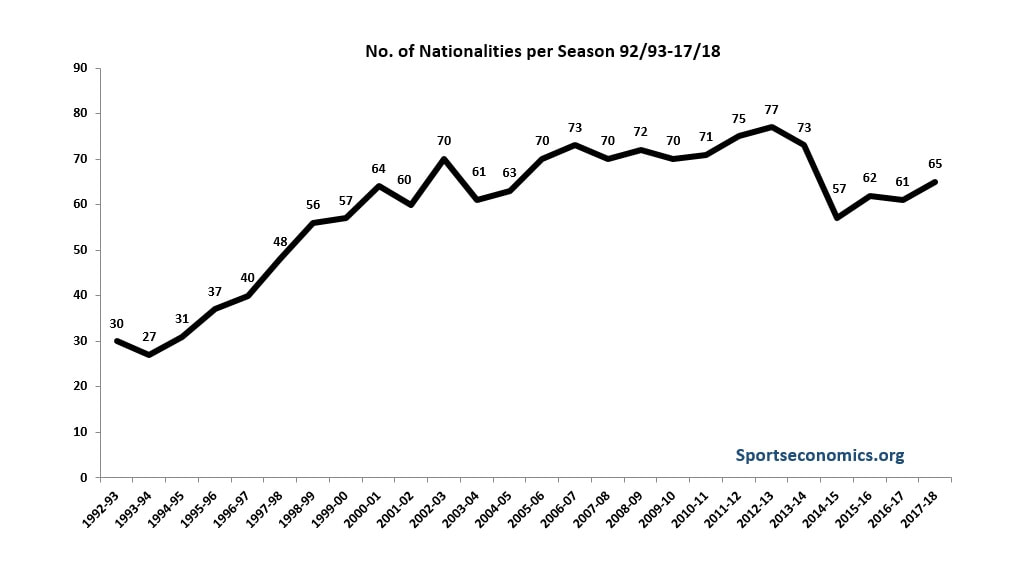
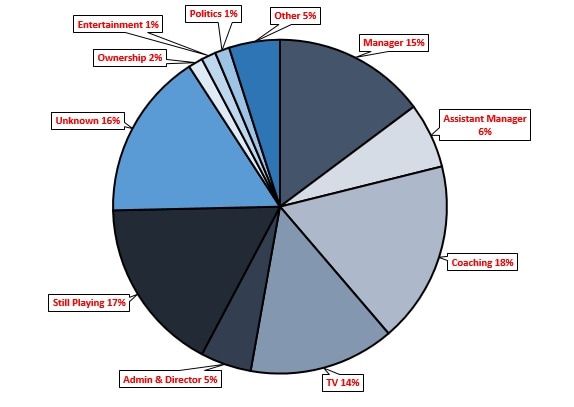
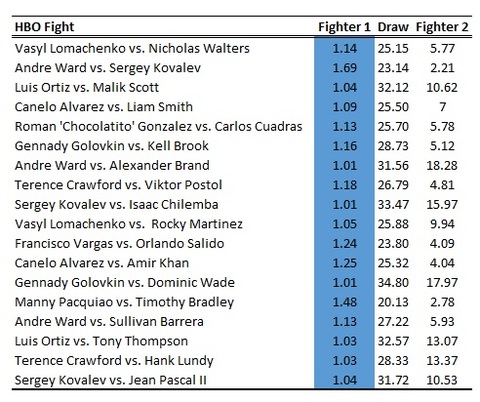
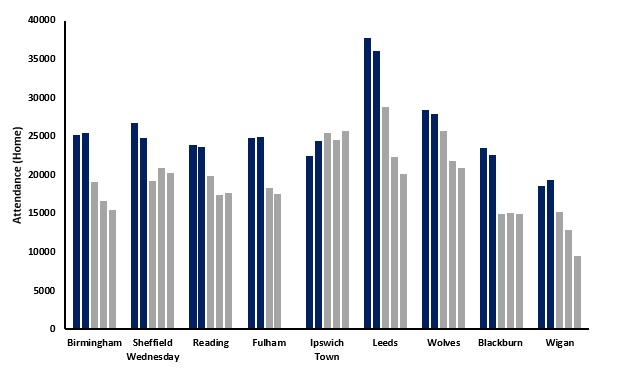

 RSS Feed
RSS Feed